Hydroponics in Water Bottles: A Backyard Adventure
You know, there’s something about small-town life that makes you yearn for a green thumb, even when you’re really just a wannabe gardener with not much experience outside of the occasional wilted houseplant. Living out here on the edges of what constitutes civilization—in a town where everyone knows everyone else’s business—I found myself with some time on my hands last summer. That’s when I stumbled down the rabbit hole of hydroponics, specifically using recycled water bottles.
It all started when I spotted an old, dusty fish tank at a yard sale. I didn’t even think twice; I grabbed it for five bucks and shoved it into my trunk alongside a haphazard collection of mismatched flower pots—a true connoisseur of cast-offs. The notion had crossed my mind before: “Why not try aquaponics?” I could grow fish and veggies, make my own little ecosystem right in my backyard.
The First Steps
With that old fish tank, a handful of seedlings from my mother’s garden—and a curiosity that could get me into trouble—I set up in my backyard. The chirping of crickets and the smell of the freshly mowed grass filled my senses as I spread out my supplies. I rummaged through the shed, unearthing bits and pieces of old plumbing pipe, a bucket, and some leftover paint cans. “I’m practically MacGyver!” I thought, feeling invincible.
I decided to turn my fish tank into the water reservoir, repurposing a few empty water bottles for planting—an idea I’d seen floating around the internet. Cutting the tops off the bottles while balancing on an old stool that I feared would collapse under me, I managed to create makeshift growing cups. I filled each with a mixture of some potting soil I’d had lying around and tore off bits of herbs and greens to plant.
But here’s the kicker: I thought I’d nailed it; everything was looking shipshape. Then, about a week later, I came out to check because the smell had shifted. It wasn’t the comforting earthy scent of fresh herbs but rather a rank odor that made my stomach twist. I leaned over the tank only to find the water had turned an unappetizing shade of green. As my heart sank, I muttered, “What the heck did I do wrong?” I had officially entered the realm of aquaponics trials and errors.
The Fish Fiasco
A few days later—with my hopes stubbornly intact—I decided to add fish. Now, picking the type of fish was easier said than done. I remembered the fish tanks at the pet store looking remarkably peaceful, so I went for some guppies because I figured they were hardy. My decision, however, was driven primarily by their shimmering colors; I was smitten by their rainbow hues. Little did I know, these tiny fish needed a stable environment, not the swirling mess I was concocting.
I remember the evening vividly, filling up the tank with the fish I had just brought home, the water crystal clear and glimmering under the fading daylight. As I poured them in, their tiny bodies flicked about, exploring this new habitat, and for an instant, I felt like a proud parent. But reality hits hard when you start dealing with water quality issues and a slippery algae outbreak.
“This better not be the end of my fish,” I muttered as I Googled everything I could about maintaining an aquarium. I spent endless nights obsessively checking the water pH, pouring in drops from some pH test kit I’d found buried in the storage room. To make matters worse, the guppies were embroiled in a neck-and-neck race with green algae for survival, all while I tried in vain to make sense of my chaotic setup.
Moments of Doubt
Eventually, I hit a wall. One fish after another started succumbing to whatever chaos was bubbling beneath the surface—often with me including my “expert” recommendations from the internet in tow. “Oh, they need this temperature level, and they might require ammonia levels below this number!” I was a wreck, and each morning that met a new fish floating listlessly made my heart break a little more.
I very nearly tossed in the towel when one day, after a particularly long bout of attacks against what I dubbed the “Aquatic Apocalypse,” I plopped into a lawn chair with a sizable sigh. Then it hit me—this isn’t about perfection. I realized that, amidst the smell of decay and dampness that now seemed to haunt my backyard, I was learning. I decided to shift gears; I grabbed some plastic storage boxes that had been used for organizing my tools and began anew.
I built a simple PVC frame on the patio, and instead of the intricate aquaponics dream I had envisioned, I opted for simple herbs first—basil, mint, and some lettuce, all getting a fresh start in bottle tops suspended above small troughs of water. It was refreshing, replacing what I’d built on expectations with something more manageable, a step toward understanding.
Finding Joy in the Journey
And out here—the sun shining, the gentle breeze rustling through the leaves—those first sprouts were humbling. There they were, resilient and full of life where static fish had eventually failed. I may have had a few bumps along the way, but that was the essence of diving into this new hobby.
Through greener water and neglectful mistakes, I learned to experiment, adapting to what worked, finding beauty in the mess. It taught me that while I didn’t achieve a perfect setup, I stumbled upon the joy of growth, of imperfection, and the thrill of trying something new.
So, if you’re even a little curious about starting with hydroponics—don’t worry about getting it perfect right off the bat. Just jump in. You’ll figure it out as you go. Who knows, you might end up with a little herb garden that brings you joy just like I did—no perfect setups required.
If you’re inspired, go ahead and join the next session of the sustainability workshop. It could change your backyard and maybe even your perspective on life. Reserve your seat here!

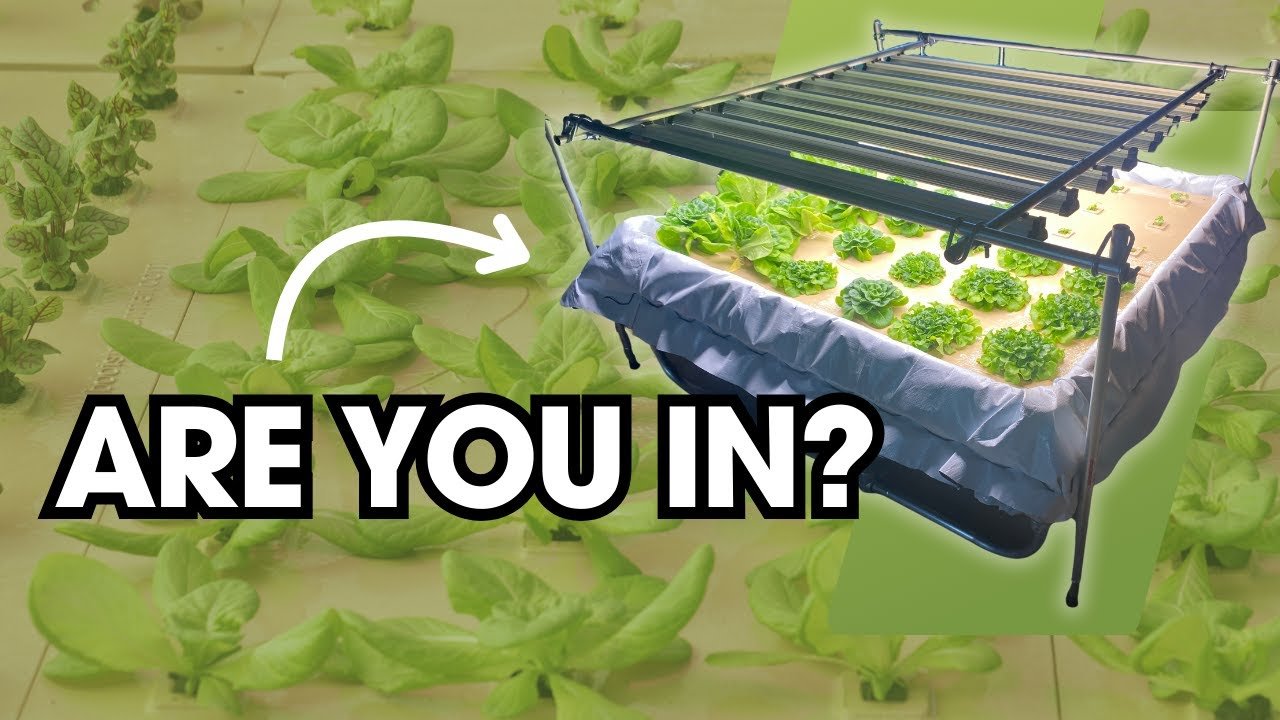
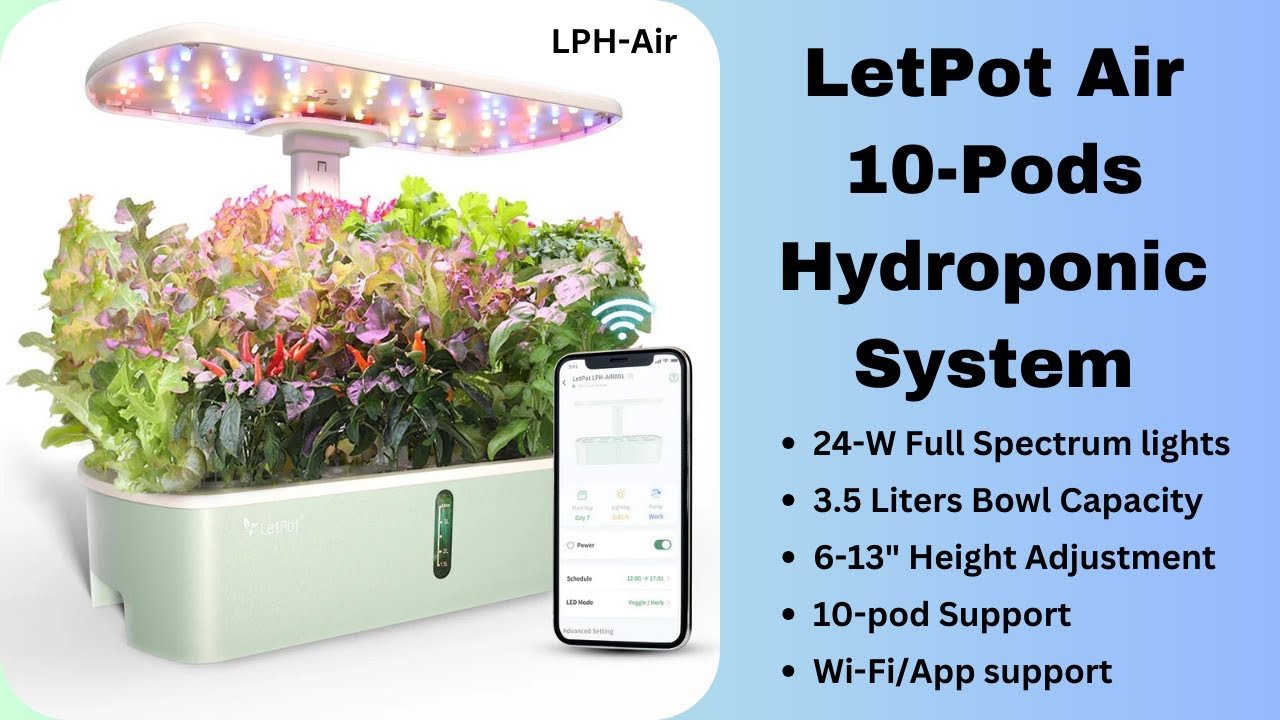

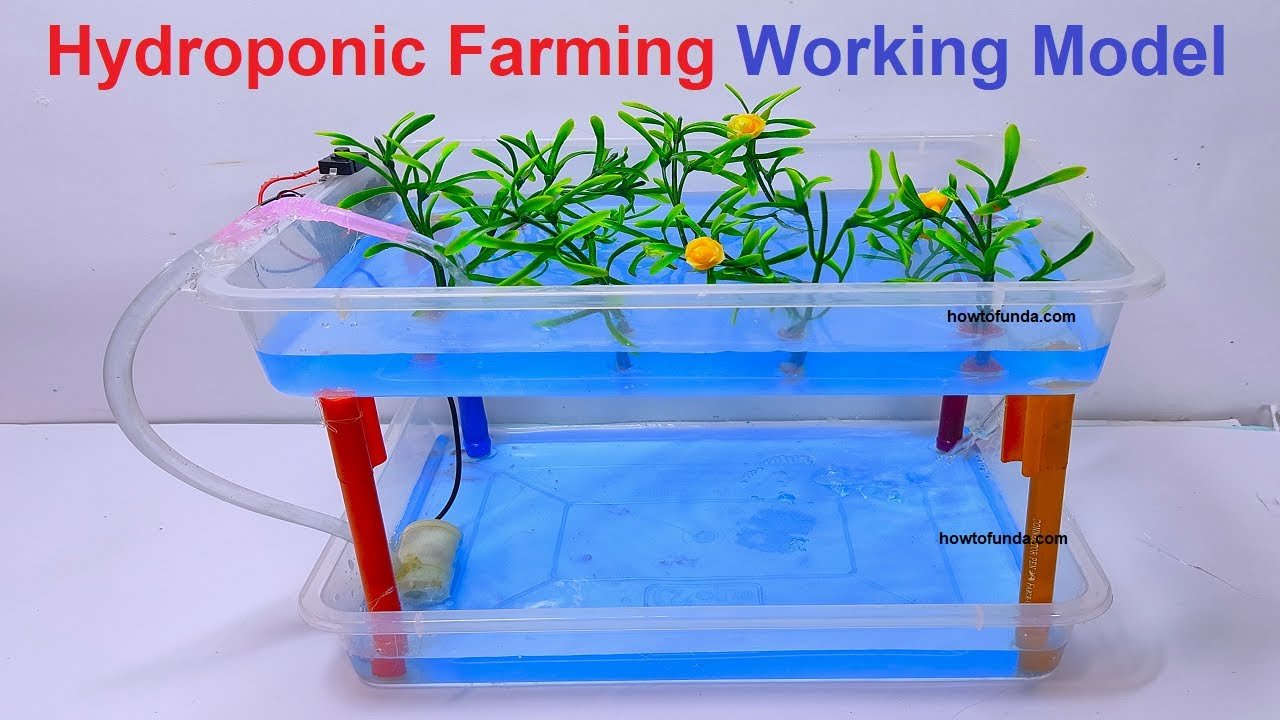
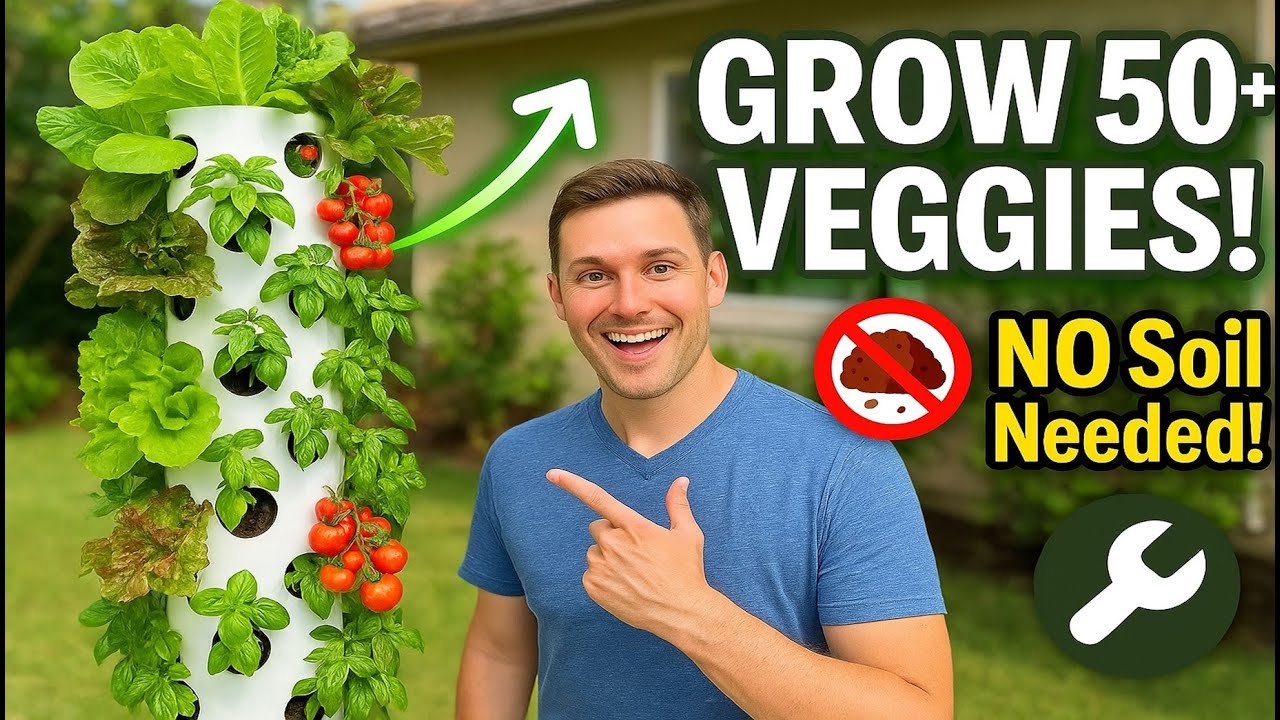
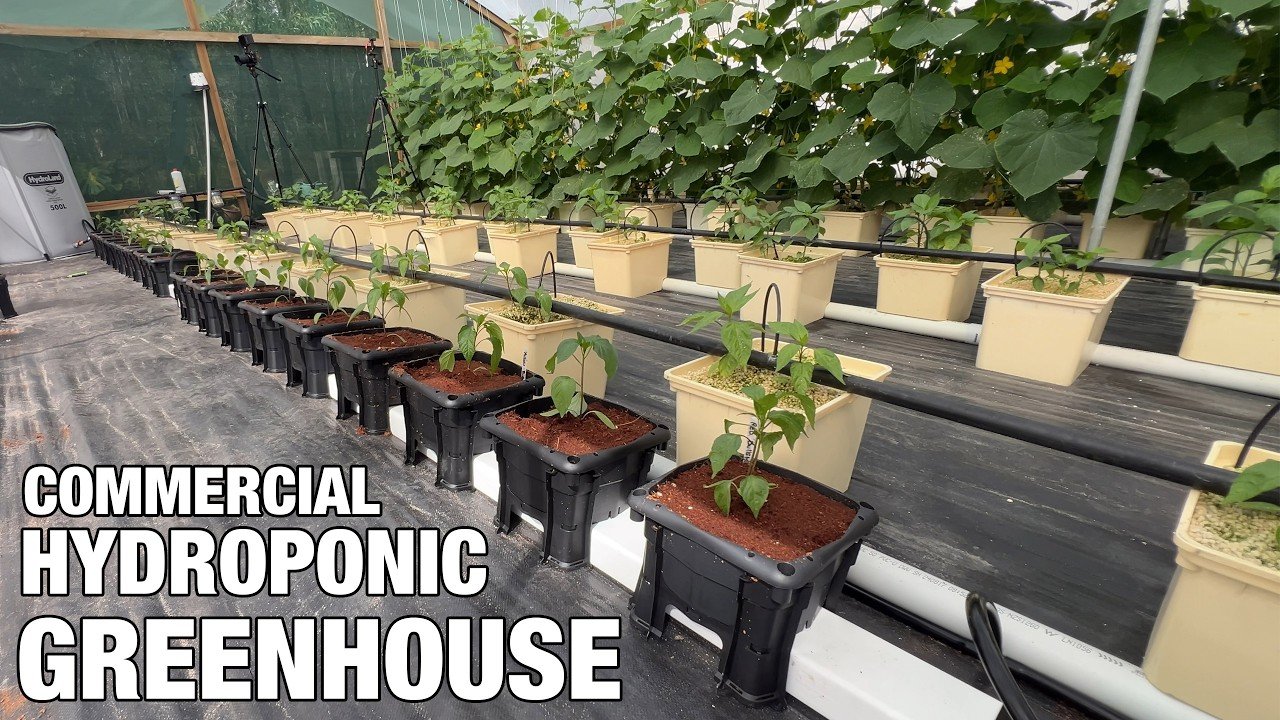
Leave a Reply